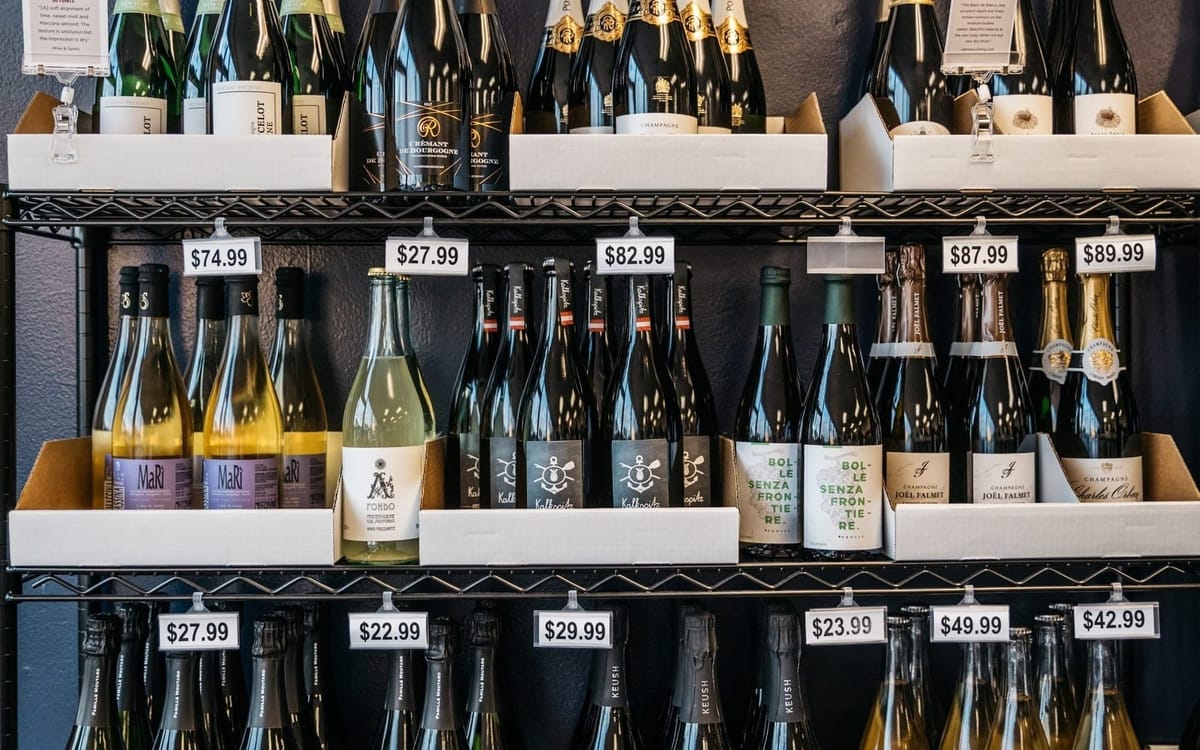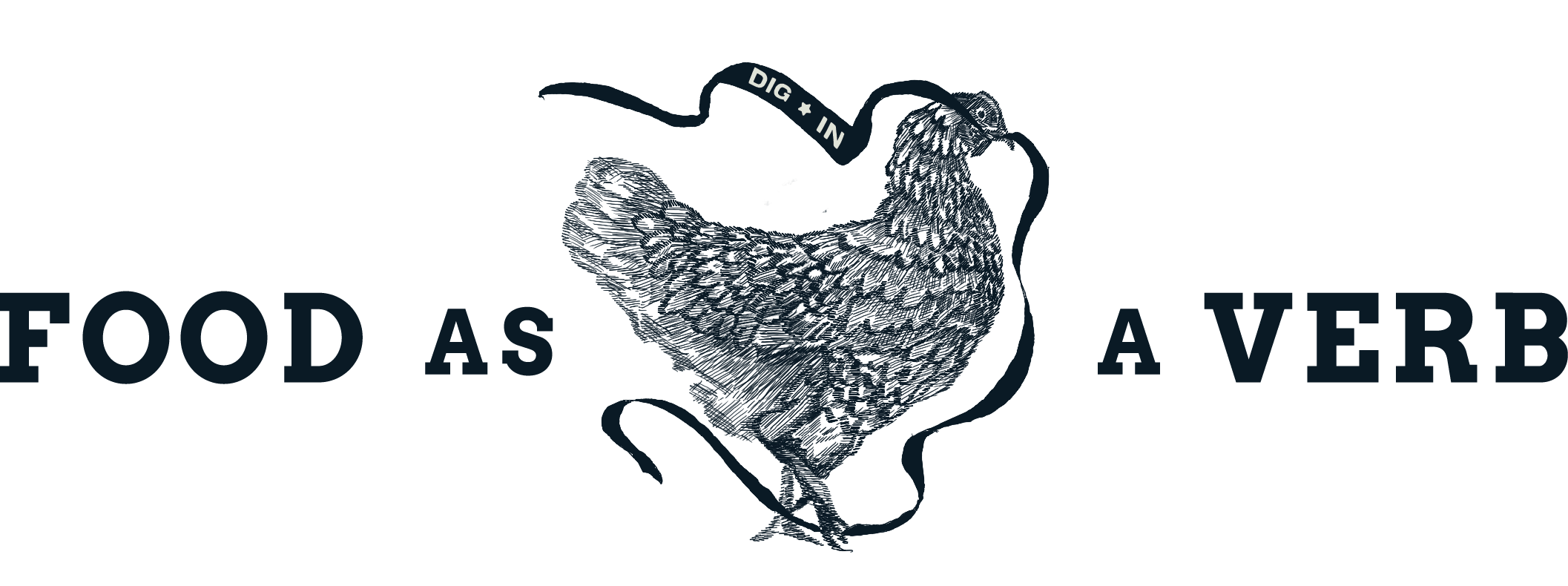It's New Year's Eve. Do you know where your champagne is?
A brief lesson on bubbly with Matt Olson, the fascinatingly intelligent owner of Scenic City Wine. (No, not the other Matt Olson.)


"Don't give your money to the big names. Give the Dosnon family your money. Give Pienne-Lancelots your money. They are actual farmers."
There are roughly three main ways to make sparkling wine.
But only one way to make champagne.
First, let's clear the bubbly air: champagne is the official name – protected under French and EU law – for sparkling wine grown and produced in Champagne region of France.
If it's not from Champagne, then it's not champagne.
Sparkling wine is any bubbly wine produced in regions wherever certain grapes exist.
For most of my adult life, I've casually used the two terms interchangeably. Sparkling wine = champagne.
Nope.
"The two are not interchangeable. All champagne is sparkling wine," said Matt Olson, "but not all sparkling wine is champagne."
Olson is the owner of Scenic City Wine in St. Elmo. For the last 20 years, Olson, whose career shifted to wine during culinary school, has been immersed in the global wine scene, from distribution to importing to enjoying. As he loves to say:
"I'm an enthusiast at heart."
Put your feet up as he offers an entertaining New Year's Eve lesson on champagne, sparkling wine and many-things-in-between: Pong, the other Matt Olson and why $20 can get you a delicious bottle of New Year's Eve wine.

So, three ways to make sparkling wine. Here's option one:
When sparkling wine – not champagne – is mass-scale produced by some big name vineyards, they often use forced aeration.
Air is forced into gigantic tanks holding hundreds of liters that will become thousands of bottles of sparkling wine, all with that signature, effervescent, bubbly quality.
"Like Coca-Cola or LaCroix," Olson said.

The second option to make sparkling wine?
Producers put unfinished wine into the closed tanks. As the fermentation occurs, the wine-liquid absorbs the carbon dioxide; the yeast creates the effervescence behind the closed door of the tank.
The process – a step-up in quality – is called "cuve close."
"It means 'closed tank' in French," he explained.
Last November, Olson opened Scenic City Wine – right across from Little Coyote – with the beguilingly simple phrase: Delicious Wines from Real Places. Olson says he's operating the only wine store in Chattanooga where organic, naturally-farmed wines are the norm, not just the few bottles tucked away on that stray shelf.

Here, they are the standard.
"I really strongly focus on independent and family-owned producers who do their own farming," he began. "I put a strong emphasis on wines with a sense of place and authentic to their region of origin."
Olson, 47, speaks with both wit and prodigious, encyclopedic depth. It's a balanced combination, like your favorite college professor or that one friend with a joyfully bottomless knowledge about this or that. Equatorial herbs. The history of Labrador. Left-handed bass players. For Olson, it's wine. Within a five-minute window, he can shift from telling stories about champagne during the Civil War to temperature changes in the Alps.
"Since champagne first existed, it has pitched itself as an accessible luxury good and the drink of celebrations," Olson said.


Matt Olson, Scenic City Wine, St. Elmo, Tennessee
So, choose your bubbly wisely. Not all champagnes are created equal.
"Don't give your money to the big names," he said. "Give the Dosnon family your money. Give Pienne-Lancelots your money. They are actual farmers."

Remember our three ways of making sparkling wine? Well, this brings us to the highest quality and most prestigious way.
The third way to produce sparkling wine is the only way to make champagne.
The French call it "methode traditionnelle."
"All fermentation takes place in bottle," Olson said.
The perlage – or fine-ness of the bubble – becomes exquisitely and carefully created.
This process – occurring within the geographic rarity of Champagne, France – produces what we call champagne.

Such careful, intimate wine production is why Olson – he calls himself a "classicist" – selects wines from vineyards where growers use little intervention.
"My own personal needle points to that. Small family owned producers. These people rely on people like me," he said. "If kids and dogs are running around in the vineyard, they're probably not going to spray toxic chemicals. The best fruit is more carefully grown fruit and the most carefully farmed fruit. It does not have a lot of chemical inputs."

Food as a Verb thanks our newest partner, Society of Work, for its generous support.
Society of Work is a shared coworking space designed with business flexibility in mind and the resources to help like-minded people connect and create amazing things together. From private offices to 24/7 coworking memberships, we provide the space you need to get work done.
Champagne is produced from three main grape varieties: chardonnay, meunier and pinot noir. (Sparkling wine can be made from multiple varieties of grape.) Champagne vineyards date back to as early as the third century, as a beautiful convergence of soil, climate, geography and tiny sea creatures many years old allowed French monks and farmers to find themselves in the exact spot on earth for making perfect bubbly wine. According to SevenFiftyDaily:
- The limestone subsoil in Champagne is primarily chalk-based, containing many tiny skeletons of marine micro-organisms and mollusk fossils. It absorbs heat during the day and provides good drainage for the vines in the wet climate, helping to support the grapes in developing a balance between ripeness and acidity. In addition to contributing to stellar wines, the chalk has yielded a large network of underground caves that provide ideal storage conditions for producers to age wines.
Within the champagne market, demand is high; industry experts predict even stronger futures as people worldwide drink champagne more frequently, pouring it for routine and less rare occasions.
Besides champagne, Scenic City sells sparkling wines from across the world.
"France, Spain, Italy, Armenia, Austria, Greece, Germany, the United States," he said.
And the ease of online ordering doesn't hurt, either. (You can place your order for Scenic City Wine online and have it delivered through UberEats.)

Scenic City Wine is open today noon to 6pm (in 2024, he's closed on Sundays) and Tuesday through Saturday.
Speaking of Saturdays, that's when Olson offers free wine tastings. A core group of faithful locals start their day with Olson. Strategy is key. Apparently, you begin with Scenic City Wine, move to another nearby liquor store also offering free tastings, then pit-stop at a restaurant or bar, then onto ...
"I get the crowd when they're on the best behavior," Olson smiled.
His may be the only store in America that offers wine tastings near an old-school Pong video game.

Finally, Olson acknowledges: you've probably heard of another Matt Olson.
Not Matt Olson, the wine enthusiast.
But Matt Olson, the magnificent Atlanta Braves first baseman.
Yes," he said. "I had to take a Google alert off my own name."
Then, Olson – wine Olson, not baseball Olson – laughs.
"But, I did buy the jersey," he said.
This New Year's Eve, he will enjoy a quiet night at home, grilling fish and drinking a select bottle with his wife. On top of Pong, he laid out his top three suggestions, ranging from $40 to $20.
"If you’re going to spend that money, you want real wine," he said.

And?
"Don't drink and drive," he said.
Happy 2024, Chattanooga.
All photography by Sarah Unger. Visit SarahCatherinePhoto.com.
All words by David Cook. This story is 100% human generated; no AI chatbot was used in the creation of this content.
Story ideas, questions, feedback? Interested in sponsorship or advertising opportunities? Email us: david@foodasaverb.com and sarah@foodasaverb.com.
Food as a Verb thanks our sustaining partners for their generous support.






Niedlov's Bakery & Cafe, a Main St. anchor, has elevated our city's bakery experience to beautiful levels while strengthening community in immeasurable ways. The Chattanooga Area Food Bank believes that no one should go hungry, and through our network of over 250 hunger-relief partners, we provide equitable access to food and resources to end hunger today and build pathways for a healthy, hunger-free future tomorrow. For more than 25 years, Lupi's has served locally-sourced, creatively made and award-winningly delicious pizza pies from five nearby locations. Thanks to two-time James-Beard nominee Erik Niel, Easy Bistro & Bar offers unparalleled and deeply thoughtful dining in the heart of West Village. Tucker Build offers Chattanooga a commercial construction firm made up of design-build experts specializing in the planning, building and managing process. Female-and-locally owned, Divine Goods offers beautifully curated gifts for every occasion. Be divine and send someone special a Divine Goods gift - locally sourced when possible, and always thoughtful.
